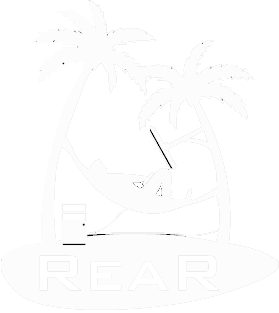 Relax-and-Recover
Relax-and-Recover
 Relax-and-Recover
Relax-and-Recover
Before Relax-and-Recover, abbreviated rear, can be installed on your Linux system you need to download it from our download page or clone it via git.
Type make help to see all the options to build a rear package from within the source tree
Relax-and-Recover make targets:
validate - Check source code
install - Install Relax-and-Recover (may replace files)
uninstall - Uninstall Relax-and-Recover (may remove files)
dist - Create tar file
deb - Create DEB package
rpm - Create RPM package
pacman - Create Pacman package
obs - Initiate OBS builds
Relax-and-Recover make variables (optional):
DESTDIR= - Location to install/uninstall
OFFICIAL= - Build an official release
As seen above you can build a rpm, deb or a pacman package from the sources. However, it is likely you will see some errors due to missing packages like asciidoc and xmlto (these are needed to build the man-page of rear). You must install the missing packages before you can successfully build the rear package.
Once the rear package has been saved in the top directory of rear source tree you may install it as any other package according rpm, deb or pacman style.
As rear is written in bash you need bash as a bare minimum. Other requirements are:
mkisofs (or genisoimage)
mingetty (rear is depending on it in recovery mode)
syslinux (for i386 based systems)
nfs-utils (when using NFS to store the archives)
cifs-utils (when using SMB to store the archives)
A RPM package of rear can be installed as follows (on Redhat, Suse clones):
rpm -ivh rear-1.14-1.git201211211655.fc17.noarch.rpm
A Deb package of rear can be installed as follows:
dpkg -i rear*.deb
On Debian (Ubuntu) use the following command to install missing dependencies:
apt-get -f install
To remove rear from your system (why should you?) on RPM based systems:
rpm -e rear
And, on debian based systems:
apt-get remove -y rear